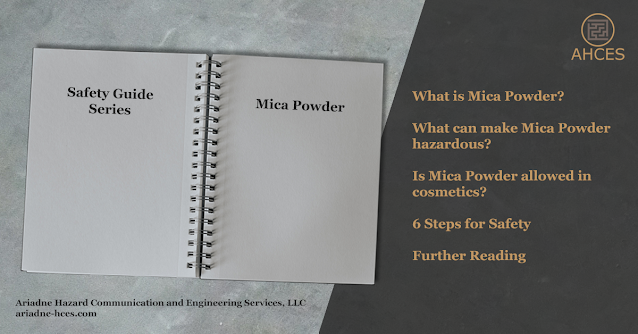Understanding DOT Class 2 Hazardous Materials: Gases Under Pressure
Definition of DOT Class 2: Gases Under Pressure
Class 2 covers gaseous materials, including flammable, poisonous, and compressed gases.
The formal definitions can be found at 49 CFR 173.115.
Class 2 Divisions
Class 2 Materials are divided into three divisions.
Division 2.1
Division 2.1 materials are flammable gases.
Division 2.2
Division 2.2 materials are gases that are neither flammable nor poisonous, and are being transported under pressure. This includes compressed gases, liquified gases, pressurized cryogenic gases, compressed gases in solution, asphyxiant gases, and oxidizing gases.
For most intents and purposes, Division 2.2 is a catch-all for gases that pose transportation hazards but do not fall under any other specific category.
Division 2.3
Division 2.3 materials are gases which are poisonous by inhalation.
Classification Testing for Potential Class 2 Materials
A Class 2 material must be first qualified as a gas before any further testing can occur. To be considered a gaseous material, the substance must be in the gaseous state of matter at a temperature of 20 °C (68 °F) or less and at a pressure of 101.3 kPa (14.7 psia) or less.
Flammability testing for 2.1 materials is done with ASTM E681–85, Standard Test Method for Concentration Limits of Flammability of Chemicals.
Poisonous testing for 2.3 materials is done by referencing historical case studies of human toxicity or through laboratory animal testing with a result of an LC50 value of not more than 5000 mL/m3.
Relationship Between Class 2 and OSHA Hazard Classifications
Class 2.1 materials match with the OSHA HCS Appendix B classification for flammable gases.
Class 2.2 materials match with the OSHA HCS Appendix B classification for gases under pressure.
Class 2.3 materials will overlap with OSHA HCS Appendix A
Toxicity Hazards with the Inhalation exposure route.





Comments
Post a Comment